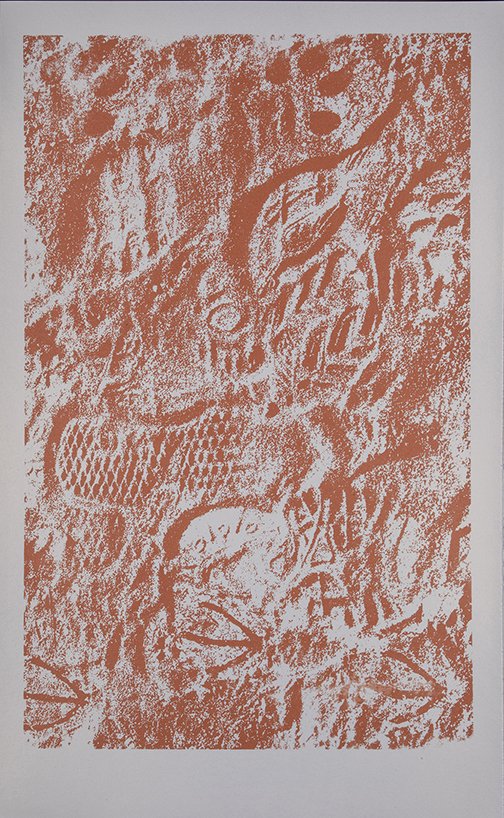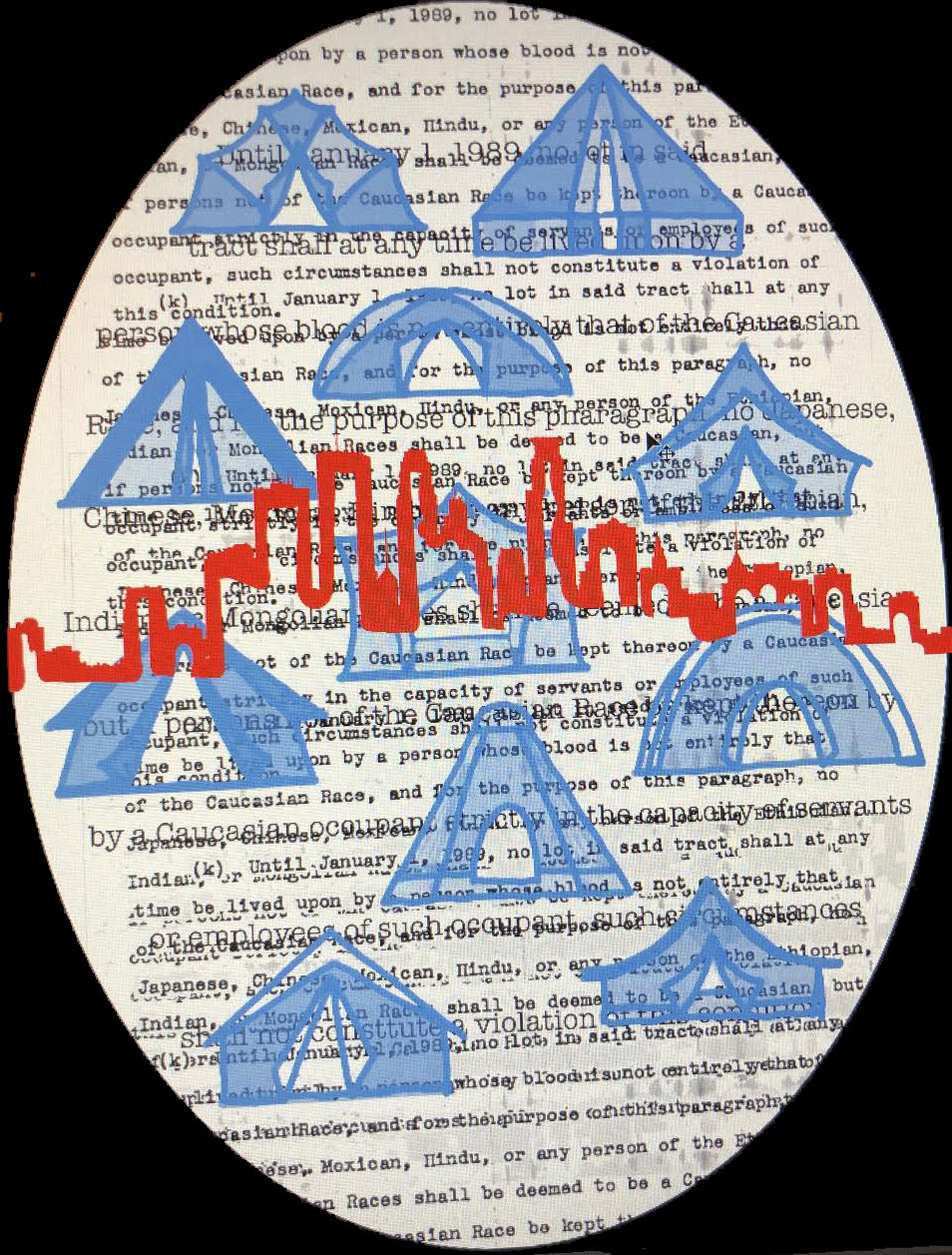Latino Immigration & Migration
COYOTES Y GALLINAS
The series, Coyotes y Gallinas includes the screen prints to explore the complexities of Spanish language and border culture regarding social-political issues between Mexico and the United States.
Pizca de Esperanza/ Harvesting Hope
Screenprint, 2020
17"w X 26"h
A tribute to the essential field workers in the United States whose contributions are critical to the food supply especially during the pandemic. Fruits and vegetables are mostly picked by hand, an undesirable job as the agricultural work is physically demanding with long hours in the scorching sun and exposure to pesticides. The majority of the crop farmworkers are mainly from Mexico, of which half lack legal immigration status. The administration has provided temporary relief from deportation recently due to temporal labor shortages in the farming and agriculture industry. The agricultural workers’ dream of safe and healthy working conditions is denied as they receive little pay and insufficient benefits including inadequate health care. The farmworkers are at risk of contracting the coronavirus at much higher rates due to close working conditions in the fields and packing facilities. The potentially devastating consequences could impact our country’s food security.
Juego El Coyote
Screenprint
37.75"w X 60"h
Los Gallos
Screenprint, 2018
16.875"w X 12.875"h
Is the rooster saying, quiquiriqui and cockle doodle doo? If you grow up being told the rooster sound is cockle-doodle doo, it shapes the perception of our reality. This print references the fact is that different groups can see the same realities so differently. In the United States, ipeople disagree about politics: health care, the economy, education, climate change, immigration, etc…Factual disagreements are a big problem in our democracy. Without agreement on the facts we are unable to find a compromise.
Huellas I
Screenprint, 2018
26"w X 22.75"h
Huellas 1 & 2 references how the border patrol follows footprints as physical evidence left by a person traversing in an area. Amongst the human footprints are marking from chickens crossing. Pollos "chickens" is a term signifying the humans without documentation who receive help to cross the border. People can leave all types of footprints including statistical records—namely in birth, death, school enrollment, housing, and other records
Huellas II
Screenprint, 2018
Huellas 1 & 2 references how the border patrol follows footprints as physical evidence left by a person traversing in an area. Amongst the human footprints are marking from chickens crossing. Pollos "chickens" is a term signifying the humans without documentation who receive help to cross the border. People can leave all types of footprints including statistical records—namely in birth, death, school enrollment, housing, and other records
Escribes con tu corazón o con tus uñas
Screenprint, 2019
14.375"w X 11"h
Based on the anthology, This Bridge Called My Back originally released in 1981. An antiquated typewriter, a revolutionary red bandana and the stereotype of long nails represents the essays on the discourse of feminism by feisty women of color. The print titled, “Do you write with your nails or with your heart?”
Redlining
Screenprint
Digital print, 2020
Collaboration with Xavier Tavera
The mural background has the language from “redlining” a U.S. policy started in 1933 allowing banks and realtors to discriminate and deny mortgages to people of color. The practice took place in many of the nation's largest cities, such as Atlanta, Chicago, Detroit, Tampa and Minneapolis. Although it has been outlawed since 1968, the repercussions and long-term effects has resulted in greater wealth inequity and housing instability.Description coming soon.






